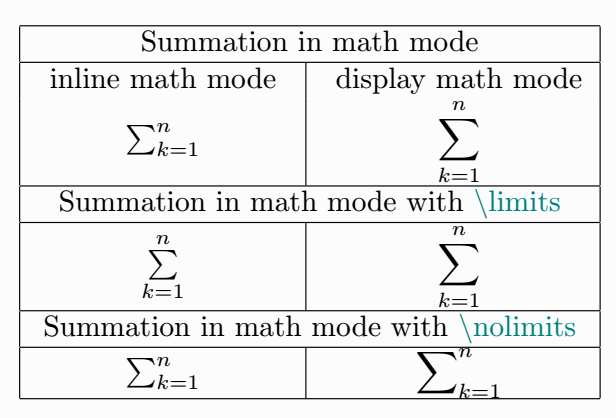In this content, we will discuss the Greek letter sigma (Σ, σ), which is widely used in summation and mathematical expressions.
However, the \Sigma command alone is not used for summation notation. Some common mistakes related to this are explained below.
Using the Small Sigma Symbol
In LaTeX, the \sigma command generates the lowercase sigma (σ), commonly used in statistics and mathematical formulas.
This symbol is frequently paired with subscripts and superscripts to represent standard deviation, summation components, and other mathematical notations.
Here’s an example of how to properly use σ in mathematical expressions:
\[ \sigma =\sqrt{\frac{1}{N}\sum\limits_{i=1}^N (x_i - \mu)} \]
\[ \sigma =\sqrt{\frac{1}{N}\sum\limits_{i=1}^N (x_i – \mu)} \]
Understanding \Sigma vs \sum
A common mistake in LaTeX is misusing \Sigma instead of \sum for summation notation. Although both symbols look similar, they serve different purposes.
\[ \Sigma_{i=1}^m \quad \sum_{i=1}^m \]
\[ \Sigma_{i=1}^m \quad \sum_{i=1}^m \]
The \Sigma command simply displays the uppercase sigma (Σ) as a standalone symbol, while the \sum command correctly represents summation, including upper and lower limits.
This difference becomes even more noticeable in inline mode, where sigma symbols are used without limits. Consider this LaTeX snippet:
\documentclass{article}
\begin{document}
\( \Sigma f(i) \) symbol in inline mode using \( \verb|\Sigma| \) command.\\ [6pt]
\( \sum f(i) \) symbol in inline mode using \( \verb|\sum| \) command.
\end{document}Output :
Accurate limit position with sigma symbol
When using summation, proper placement of limits (\sum\limits) ensures clarity and readability. However, different environments in LaTeX can affect how limits are displayed

